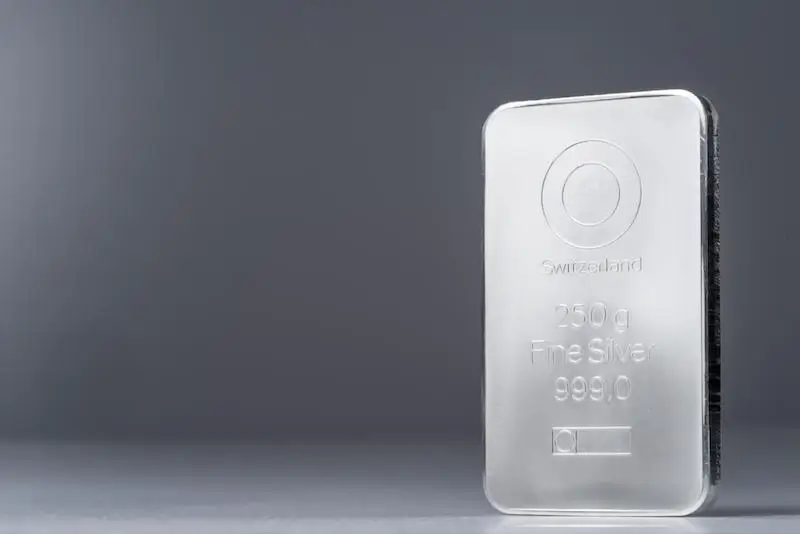Silver prices have surged dramatically in 2025, with the metal reaching an intraday high of $36.51 today, up approximately 31% from its 2025 low of $27.545. This rally has captured the attention of investors and analysts, who are examining the multifaceted reasons behind silver’s recent performance.
Silver is not just a precious metal; it is a critical component in a wide range of industrial applications. Over half of global silver consumption comes from industry, particularly in electronics, solar panels, medical devices, and electric vehicles (EVs). The global push toward renewable energy has especially boosted demand, as silver is essential in photovoltaic cells for solar panels. For example, China’s renewable energy initiative alone expects to add over 150 gigawatts of new solar capacity in 2025, directly increasing silver demand. The EV sector is also expanding rapidly, with automakers using nearly twice as much silver per vehicle compared to traditional cars, further driving consumption.
Silver has been experiencing a structural market deficit for several years. In 2024, the Silver Institute reported that supply was roughly 15% below demand, and another shortfall is forecasted for 2025. Declining mine production and limited recycling have contributed to this deficit, making it increasingly difficult to meet industrial and investment demand. The CEO of First Majestic Silver noted a four-year deficit averaging around 240 million ounces annually, with the gap widening each year.
Silver is widely regarded as a hedge against inflation and currency debasement. As inflation remains elevated in many regions and economic uncertainty persists, investors have turned to silver as a store of value. The metal’s relative affordability compared to gold makes it accessible to a broader range of investors. Institutional interest is also rising, with notable examples such as Russia’s central bank planning to acquire $535 million worth of silver over the next three years, the first time a central bank has explicitly included silver in its purchasing plans during the current bull market.
Global geopolitical tensions, including trade disputes and international conflicts, have heightened market volatility and uncertainty. These conditions typically drive investors toward safe-haven assets like silver. The metal’s price gains have been further supported by concerns over potential supply chain disruptions and the broader economic environment, which includes lingering fears of recession and currency instability.
Central bank decisions, especially regarding interest rates, play a crucial role in silver’s performance. Expected rate cuts in 2025 are likely to lower the opportunity cost of holding non-yielding assets like silver, making it more attractive compared to interest-bearing investments such as bonds or savings accounts. Lower interest rates can also weaken the U.S. dollar, providing additional support for silver prices.
Silver’s price action in 2025 has been volatile but undeniably bullish. The metal has outperformed many other assets, with gains of over 20% year-to-date and a recent rally to a 13-year high. The gold-silver ratio, which measures how many ounces of silver are needed to buy one ounce of gold, has dropped from 105 in April to 94, indicating that silver is catching up to gold’s recent gains.
Analysts are closely tracking several key drivers that could shape silver’s outlook: ongoing industrial trends such as strong demand from renewable energy, electric vehicles, and electronics are expected to continue supporting silver’s robust demand; meanwhile, potential interest rate cuts or dovish signals from central banks may offer additional upward momentum for silver prices; increased investment flows from both institutional and retail investors could further boost prices, especially if market supply deficits persist; and persistent geopolitical tensions or new crises may spur additional safe-haven buying, reinforcing silver’s upward trajectory.
While some analysts remain cautious due to silver’s historical volatility, the consensus is that the current rally is supported by strong fundamentals, including robust industrial demand, supply constraints, and heightened investment interest.
Silver’s 2025 rally is the result of a powerful combination of surging industrial demand, persistent supply deficits, rising investment interest, geopolitical tensions, and supportive monetary policy. Whether this momentum is sustainable will depend on the evolution of these factors.

